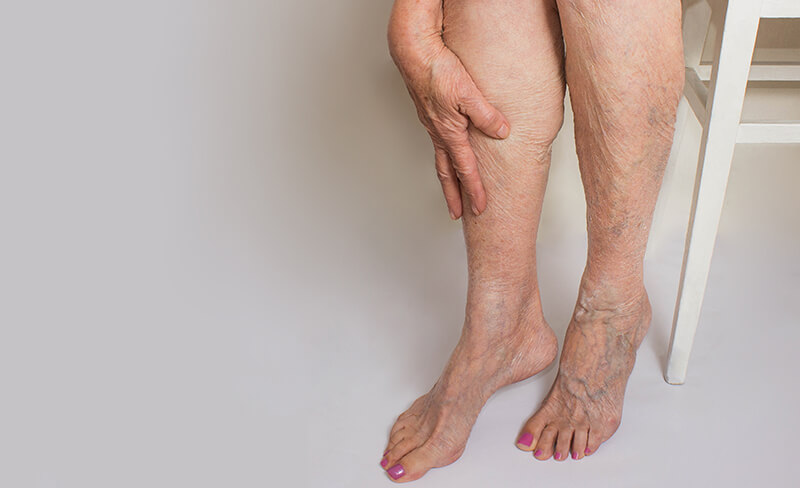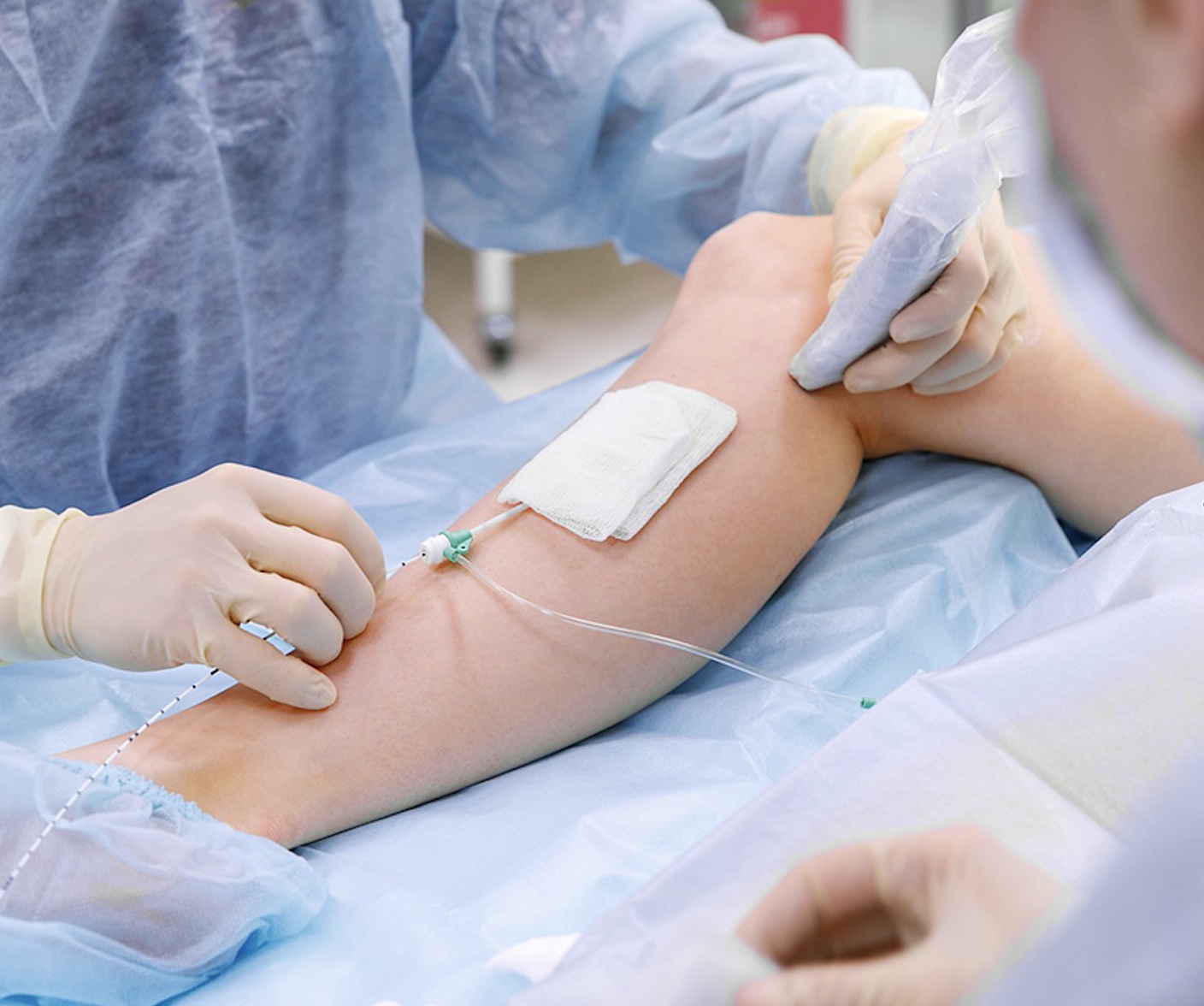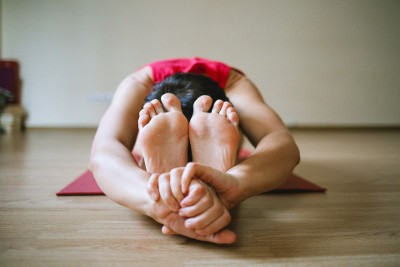How to treat varicose veins and venous insufficiency?
The varices of the legs are dilated veins that arise due to the disease of the venous vasculature, and that can be seen through the skin. Contrary to popular belief, varices of the legs are not just an aesthetic problem. The presence of the varicose vein indicates a diseased vein, often being the first sign of chronic venous insufficiency.
What are the risk factors for developing varicose veins?
What is the symptomatology of venous insufficiency and varicose veins?
Varicose veins are normally dilated and cause no major symptoms, except aesthetic discomfort. They always appear in the most superficial veins, so they are so apparent. When large, varices may bleed after trauma or small thrombi, a condition called thrombophlebitis.

How to treat varicose veins and venous insufficiency?
The main thing is to make changes in lifestyle, you will be advised to perform certain specific exercises and special measures to improve the venous return. In addition there is the therapy with medicated compression stockings ideally prescribed by a specialist doctor.
Surgical treatment may be recommended on certain occasions, such as the following:
Intravenous radiofrequency: indicated in varices of greater caliber + insufficiency of the superficial venous system (saphenous vein). A small catheter is inserted into the diseased vein by applying controlled energy to close it.
Surgery for varicose veins (Excision of varicose packs): involves the surgical removal of the varicose vein with small incisions and is usually accompanied by ablation treatment by radiofrequency.





